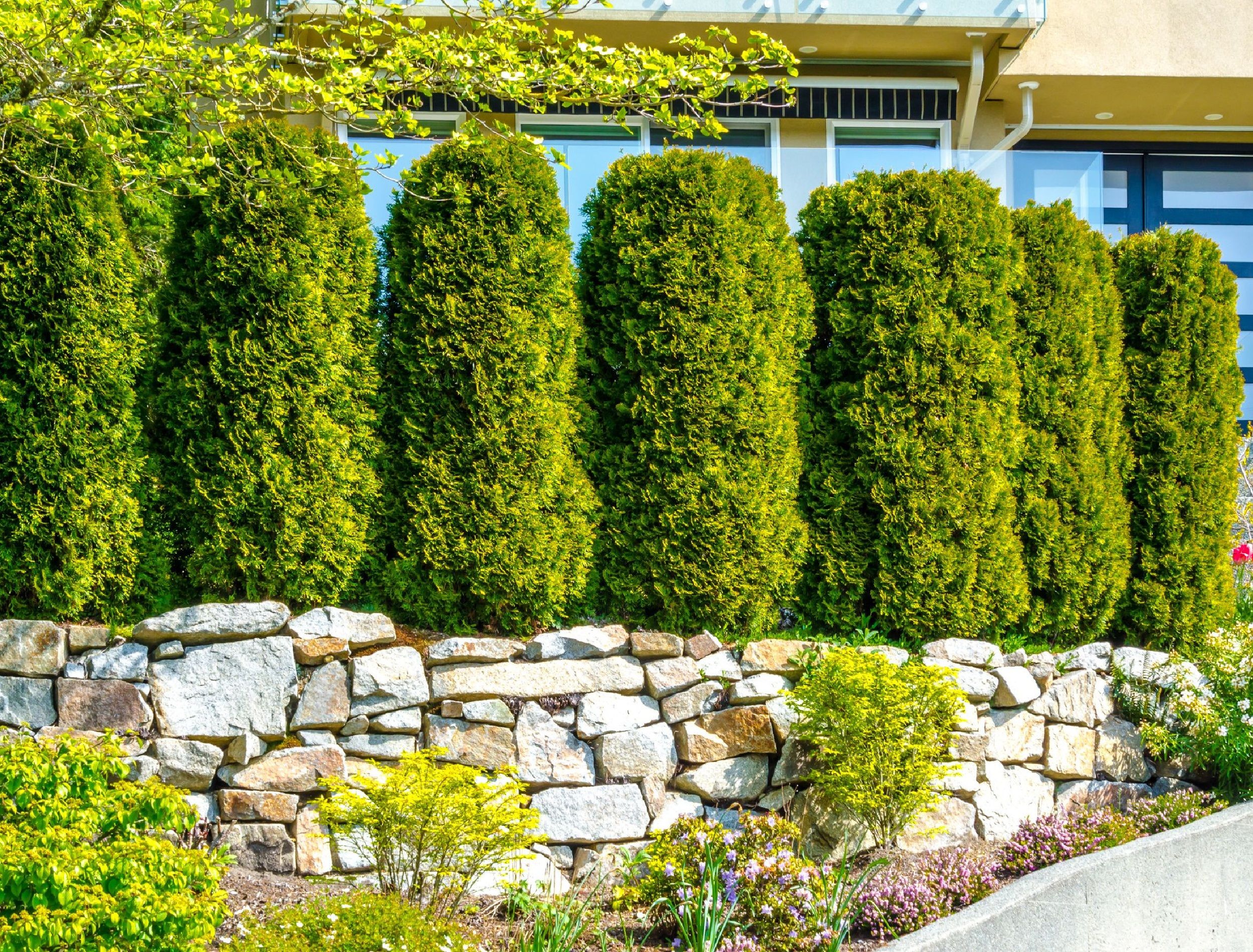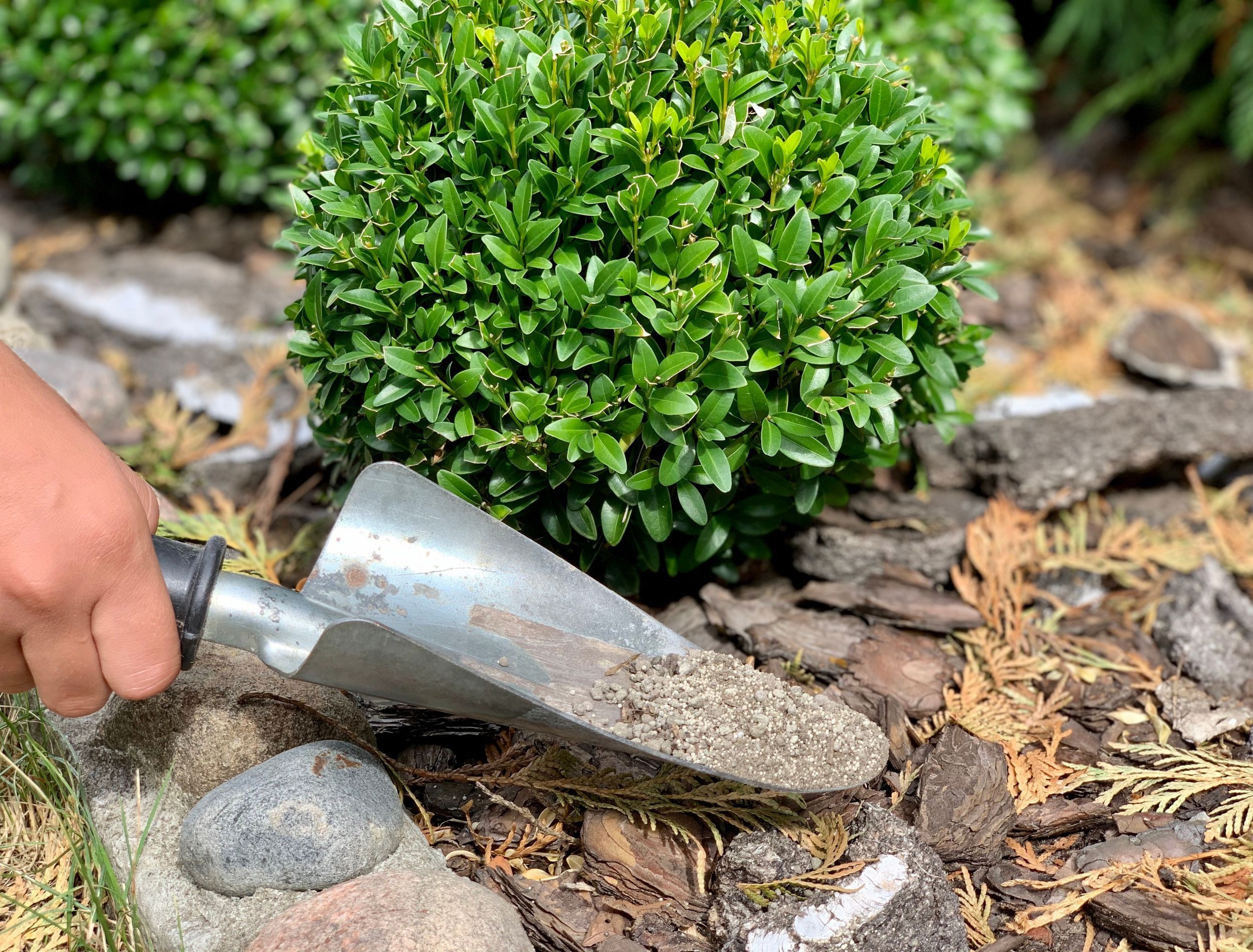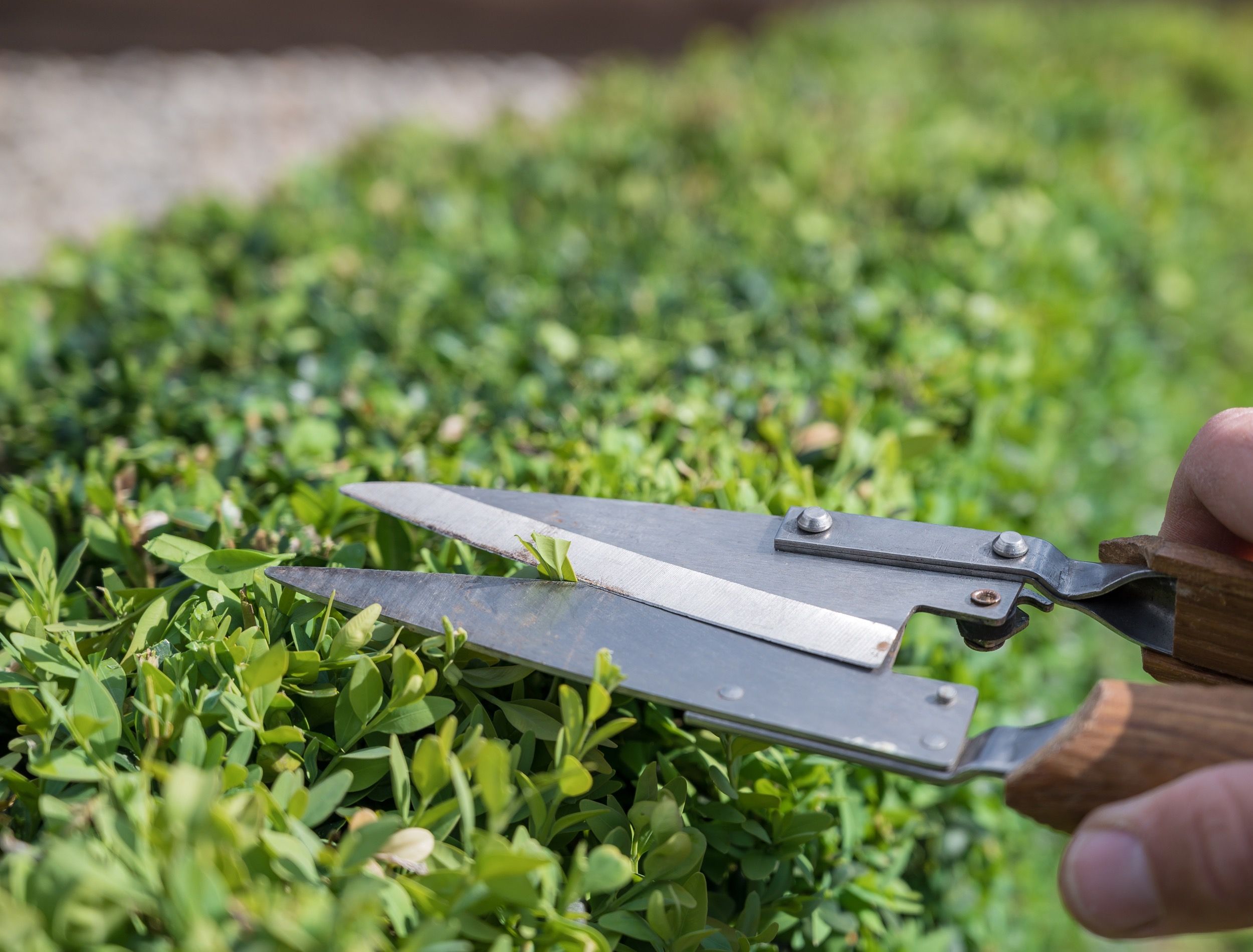Privacy is a fundamental aspect of modern life. One way to create a private space is by growing hedges around your property. They provide a visual barrier and reduce noise, making your home a tranquil haven. However, growing them can be complicated because it requires proper planning, cultivating, and maintenance.
Explore some of the best tips for growing hedges for privacy, which will help you create the perfect green screen around your home. Learn everything from selecting the right plants to pruning and maintenance techniques. Whether you are a seasoned gardener or a beginner, this guide will help you surround yourself with these beautiful plants in no time.
Benefits of Privacy Hedges
Image credits: romakoma via shutterstock
One of the most significant benefits is that hedges are a natural solution to privacy problems. Unlike man-made barriers such as retaining walls and fences, hedges can blend seamlessly into your landscape, adding to the beauty of your property.
They also provide a noise barrier, reducing the sound that enters your property. It is particularly beneficial if you live in a busy area or near a major road. Not only that, but they act as a windbreak, decreasing the amount and speed, while providing a comfortable outdoor living space. Moreover, hedges are a habitat for birds and other small animals, adding to the biodiversity of your garden.
Overall, growing hedges for privacy is an excellent way to create a private, natural space that is beautiful, functional, and environmentally friendly.
The 5 Best Tips for Growing Hedges for Privacy
Choose the Right Plant
Image credits: Solidago via Canva
Choosing the right plants is one of the most critical factors when growing hedges for privacy. The best plants for that job grow densely, have thick foliage, and are hardy enough to withstand harsh weather conditions.
The right plants will ensure that your hedges also require minimal maintenance. For example, evergreen plants such as American arborvitae, boxwood, and Leyland cypress are great for year-round privacy. Other good options include Eastern red cedar, holly, and privet.
However, select plants well-suited to your particular climate, soil type, and light conditions. Doing so will ensure that your hedges thrive and deliver the desired level of privacy and beauty. You can also test your soil and research your hardiness zone, to see what plants will grow best in your conditions.
Decide on the Size
Image credits: -slav- via Canva
Deciding on the height and width of your hedges is also crucial. The ideal dimensions depend on the level of privacy you desire and the size of your property.
For instance, tall hedges like the Eastern red cedar can provide complete privacy, whereas shorter ones like Gulf Stream heavenly bamboo offer only partial privacy. Similarly, wider plants like the cherry laurel can create a thicker barrier, while you can use narrower ones like the 'Sky Pencil' holly to create tight borders and pathways.
Consider the growth rate of the plants you pick, as some may grow taller or wider than others, and you may need to trim them more often. In general, hedges that are too tall or wide may be difficult to maintain, while those that are too short or narrow may not provide enough privacy.
Arrange and Distance Your Plants
Image credits: tom0223 via Canva
Proper spacing and placement of your hedges are essential for creating an effective privacy screen. When planting, consider the spacing between each plant and the number of rows to achieve your desired level of privacy.
Typically, plant them in a single or double row. Single rows are ideal for narrow hedges, while double rows create a thicker and wider barrier. The spacing between each plant also depends on the growth rate of the plant, with faster-growing plants requiring more space.
As a general rule, plant trees at least 12 to 24 inches apart from the center of each tree. However, some evergreen species can be spaced out up to 6 to 12 feet to achieve the desired level of privacy. Always research your specific plant type before continuing with planting.
Know How to Plant
Image credits: Patryk_kosmider via Canva
The best time to plant hedges for privacy is during the dormant season, typically in the fall or early spring. Doing it during these seasons allows them to establish roots before the hot, dry summer months or cold winter weather.
The first step when planting is to prepare the soil by removing weeds or grass and adding organic matter, such as compost. Once the soil is ready, dig a hole twice the size of the root ball of the hedge plant.
Place the plant in the hole, backfill it with soil, and tamp down lightly to eliminate air pockets. Water the plant well and apply a layer of mulch around the base of the plant to help retain moisture and suppress weed growth.
Care for Your Hedges
Image credits: NadyaTk via Shutterstock
One of the most important aspects of hedge maintenance is watering. The frequency will depend on the weather and soil conditions. However, try to water deeply once a week, especially during dry spells.
For the best results, try fertilizing to provide the necessary nutrients for hedges to thrive. But not all hedges are the same, you'll need to do research on your plant variety. For example, privet hedges do best when fertilized in early spring or mid-fall with a balanced, 15-5-10 fertilizer. Always follow the instructions on the bag carefully and avoid over-fertilizing, as it can lead to burned or damaged roots.
Additionally, controlling pests and diseases prevents damage to the hedge. Regular inspection for pests and diseases and applying appropriate treatments can help keep your plant healthy and looking its best.
Prune Regularly
Image credits: Ralf Geithe via Canva
Pruning is essential to maintaining health and promoting dense growth. It's best to prune your hedges in winter or early spring to avoid disrupting the growth cycle.
When pruning, be sure to use sharp, clean tools and make clean cuts at a slight angle to encourage new growth. Start by removing dead or diseased branches, then focus on shaping the hedge to your desired size and height.
Regular pruning will promote bushier growth and prevent your hedges from becoming too dense, hindering their health and overall appearance.
Create Your Secret Garden with Privacy Hedges
Growing hedges for privacy can provide numerous benefits, including added security, noise reduction, and visual appeal to your property. By selecting the right plants, deciding on the appropriate size and spacing, and planting and maintaining your hedge, you can enjoy its beauty and functionality for years. By following these five tips, you can create a beautiful and private oasis that enhances your property and provides a haven for you and your family.
Do you know any other tips for growing hedges for privacy? Share them below!








